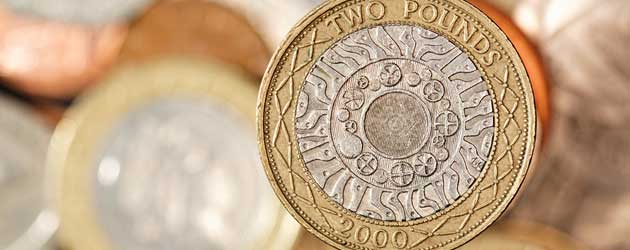
The Pound fell against all of its major rivals yesterday morning in the immediate aftermath of the second quarter growth print. The Office for National Statistics revealed that the British economy expanded at a pace of 0.6% in the second three months of the year. All four cylinders of the UK economic engine fired positively with Services advancing 0.6%, Production improving by 0.6%, Construction accelerating 0.9% and Agriculture growing by 1.1%.
The 0.6% print marked the second consecutive quarter of positive growth – something that has not happened since 2010 – and is the strongest GDP reading since the third quarter of 2012, when the London Olympics gave UK output a massive boost. Prime Minister David Cameron said that the figures show “we are on the right track”, whilst Chancellor of the Exchequer George Osborne commented that “Britain is holding its nerve”, indicating that the government’s fiscal consolidation programme is still necessary to help balance the UK’s books.
However, with recent UK economic data printing decidedly positively investors had positioned themselves for a higher print. Sterling spent the morning prior to the report rallying fairly strongly: rising 0.4 cents against the Euro, 0.75 cents against the US Dollar, 0.7 cents against the Australian Dollar and 0.5 cents against the Canadian Dollar. But when the official figure was released sentiment towards the Pound hit the floor as hopes of a stronger score were dashed; it seems that 0.6% had already been priced-into the Pound.
Historically speaking a result of 0.6% is pretty average for quarterly growth, however, in the wake of a recession GDP can often come in closer to the 1.0% mark for a period of time as the economy makes up for lost ground during the of contraction. With this in mind the latest score does not match the optimism that has been circulating over the newsreels recently and explains why traders were dismissive of yesterday’s print.
When the ONS announced the figure Sterling tumbled by: -0.6 cents against the Euro, -0.9 cents against the US Dollar, -1.3 cents against the Australian Dollar, -1.9 cents against the New Zealand Dollar and -1.1 cents against the Canadian Dollar.
At the beginning of the month the Bank of England cast doubt over future gains for the Pound by commenting that the current economic revival is “weak by historical standards”. With this in mind it is possible that investors interpreted yesterday’s GDP print as insufficient to bring about a change in momentum for the BoE’s monetary stimulus drive. Some market-players hold the opinion that Governor Mark Carney will look to drive British growth forward with additional quantitative easing and forward guidance on ultra-low interest rates. If implemented, loose monetary policy of this nature will likely weaken Sterling over the course of the coming months as Central Bank asset purchases drive yields down on UK Gilts, thereby reducing the profitability for investors holding Sterling.
All will be revealed during August’s policy statement and Quarterly Inflation report as Governor Mark Carney, now properly settled in, announces the direction of monetary policy at the BoE.

Comments are closed.